 Several years in development and incorporating technology derived from the £12,000 PH-77 phono preamplifier from sister-company AMR, iFi’s new flagship phono stage, the iPhono3 Black Label is user-configurable to match any MC/MM cartridge.
Several years in development and incorporating technology derived from the £12,000 PH-77 phono preamplifier from sister-company AMR, iFi’s new flagship phono stage, the iPhono3 Black Label is user-configurable to match any MC/MM cartridge.
Direct Drive Servoless
Unlike a typical phono stage, the iPhono3 Black Label’s circuit is direct-coupled, there is no coupling capacitor from cartridge to output. This is achieved without a conventional DC servo; iFi calls this design Direct Drive Servoless, incorporating a proprietary DC Infinity circuit to boost DC gain to a level approaching infinity.
Once the feedback loop is closed, the DC gain cancels all offset voltages to deliver a direct-coupled output with 0V DC offset. The key to the DC Infinity circuit is that it only changes the gain below approximately 0.01Hz, while leaving the AC behaviour of the circuit at higher frequencies unchanged, injecting neither noise nor distortion into the audio signal.
TubeStage Engine
At the iPhono3 Black Label’s heart lies iFi’s third-generation TubeState engine, the result of four decades of research into valve and transistor technology by the company’s Technical Director, Thorsten Loesch.
TubeState is solid-state circuitry designed to capture the key attributes that make valve circuits so sonically appealing whilst maintaining ultra-low distortion. Specialised JFET op-amps combine with a Class A buffer circuit featuring hand-matched PNP bibolar transistors; the buffer circuit minimises the loading of the amplifier circuit and biases the output stage into single-ended Class A. High input impedance approaches the ‘zero loading’ a valve grid provides, with excellent drive ability and vanishingly low THD (Total Harmonic Distortion).
Sonic Tailoring
Many phono stages offer nothing in the way of adjustment to tailor performance to suit a specific system or record, save perhaps switching between MM and MC cartridge types. Some supply settings to match the electrical characteristics of individual cartridges. A series of DIP switches on the underside of the unit enable gain and load to be set – essential to wring the very best performance from a high-performance cartridge. Gain can be adjusted between 36dB and 72dB, alongside a wide variety of load values – eight for MC cartridges and a further five for MM cartridges. Spending a little time to set up the ideal combination to match the cartridge on your turntable delivers great sonic reward – iFi has created an online ‘cartridge calculator’ to assist with this.
EQ Curves
The iPhono3 Black Label is not only great at pairing perfectly with your cartridge; you can also tailor the sound to match specific records in your collection, thanks to a variety of precisely engineered EQ curves.
Some brief background: in 1954, a few years after the birth of the LP format, the Record Industry Association of America (RIAA) promulgated the use of a specific equalisation curve to standardise the sound and playing time of LP records. While RIAA equalisation was widely adopted in America, different EQ curves were still being applied by record labels in other countries two decades later. By the late 1970s most European labels had adopted RIAA equalization and by the 1980s it had become the de facto global standard, with just a handful of Asian and Eastern European labels sticking to other EQ curves until the end of the decade.
A toggle switch at one end of the iPhono3 Black Label allows the user to select between three EQ curves: RIAA, Columbia and Decca. It can generally be assumed that LPs produced from 1980 onwards were made using RIAA equalisation, which means they should sound best with the RIAA setting engaged. But records released before 1980 may have been made using different equalisation and may sound better with the Columbia or Decca EQ curve engaged.
This applies not only to records released by those specific labels. For example, many of Deutsche Grammophon’s classical records released before 1980 can sound dry and flat – this is because they were produced using the Decca EQ curve and very few phono stages provide this option, but with the correct EQ applied they sound superb. As a general rule, if an LP sounds thin and edgy with the RIAA EQ, try the Decca EQ curve; if it sounds overly bright with overblown bass, try the Columbia setting.
But that’s not all! Further DIP switches on the underside allow the RIAA EQ setting to be further tuned to taste. Users can choose the standard RIAA curve – applied with +/- 0.2dB accuracy – or an enhanced version called ‘eRIAA’ offering an extended high-frequency response. Alternatively, if the user has problems with warped records, which can cause a large signal output in the subsonic region, the IEC setting takes the standard RIAA curve and applies a subsonic filter to tackle the issue. Finally, the eRIAA+IEC setting applies the subsonic filter to the enhanced RIAA curve.
Components
iFi has utilised components of uncompromising quality throughout the iPhono3 Black Label’s circuit design. For example:
- Burr-Brown SoundPlus op-amp, complemented by Panasonic ECPU film capacitors.
- Computer-matched pair of planar high-gain bipolar input transistors
- Four Nichicon 470uF/6.3V capacitors
- Eight Panasonic OS-CON capacitors totalling 14,800uF
- Numerous TDK C0G type capacitors
- Two Elna Silmic II capacitors for the power supply, these use silk fibre paper for the isolating barrier,
- Numerous Vishay MELF thin film resistors
The iPhono3 Black Label comes with the 15V version of iFi’s new iPower X ultra-low-noise AC/DC power supply (£99 when purchased separately).
Price
RRP of £999.
Get all the latest Hifi News with Hifi Pig here!



















































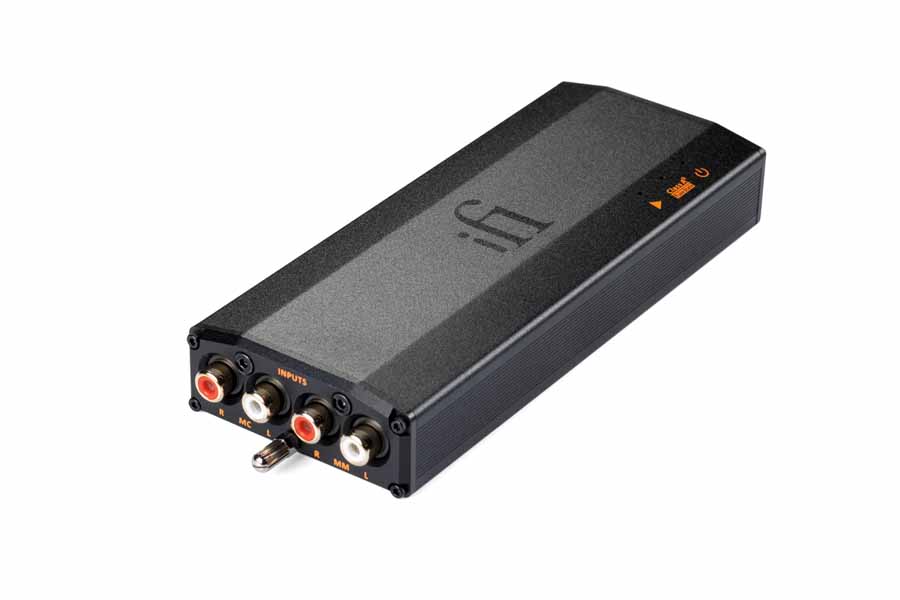
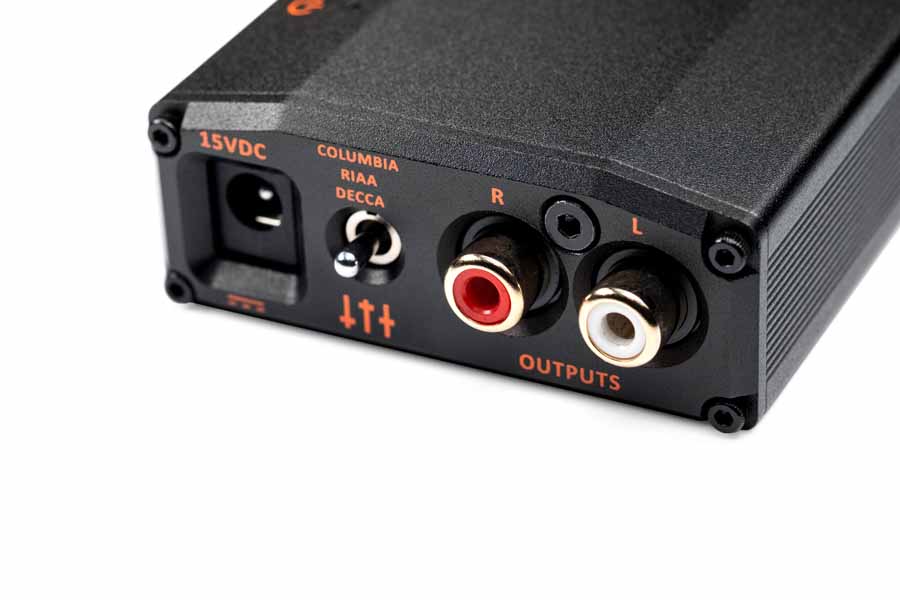



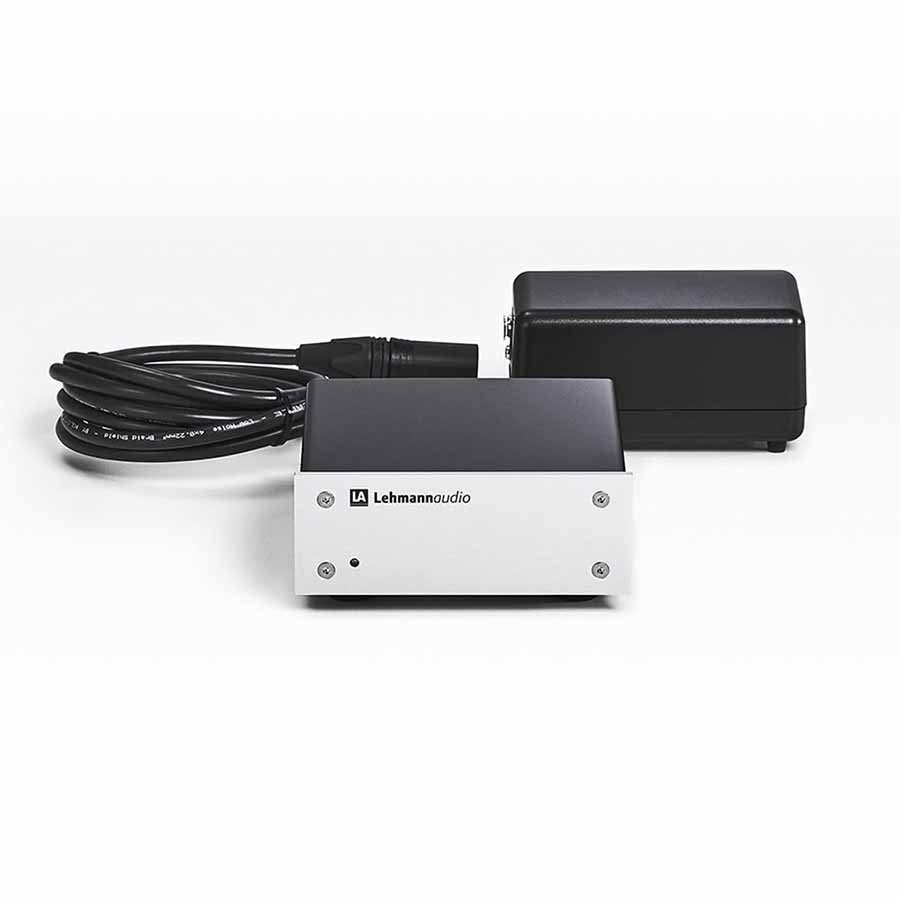



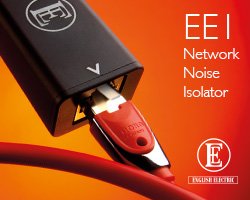
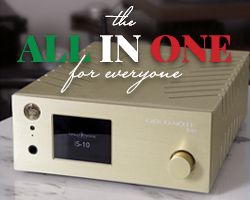
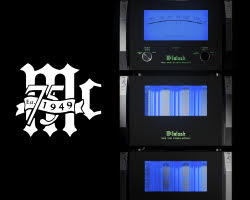



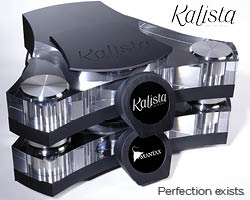


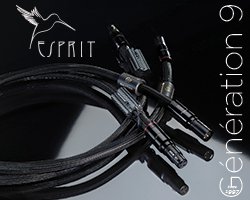


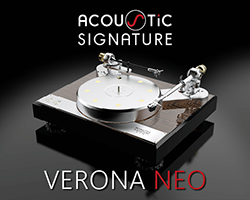
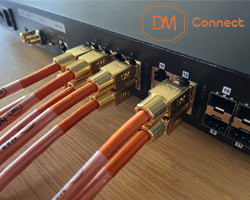

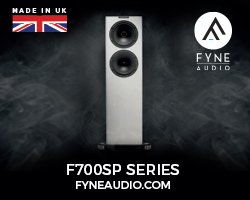
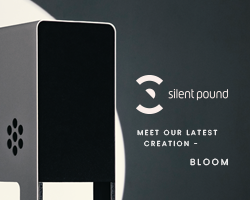
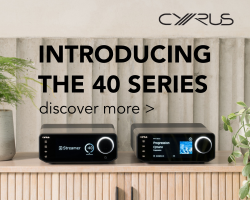

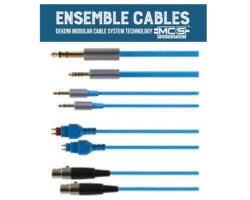

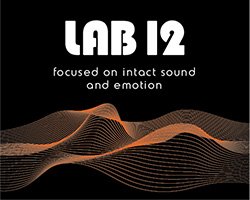


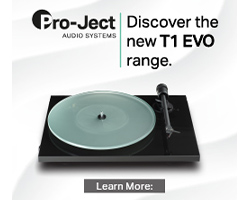

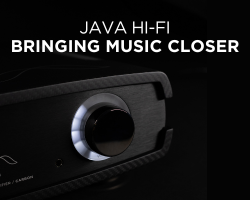
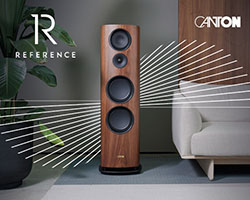


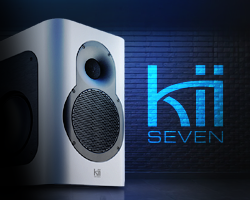

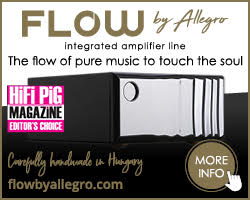


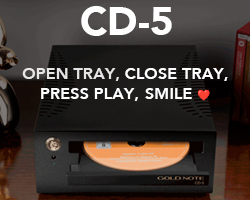
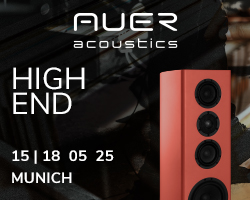


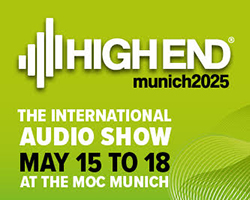
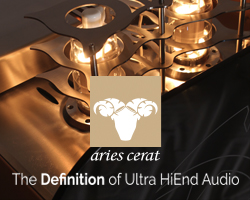


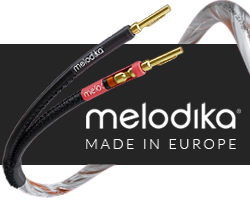
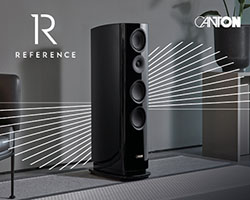
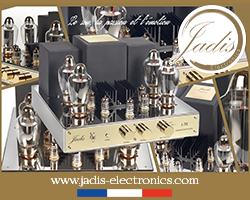


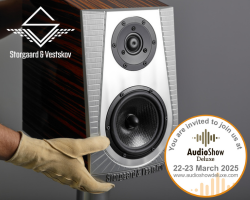
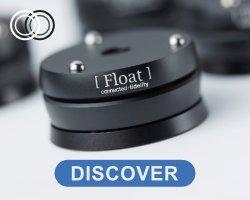



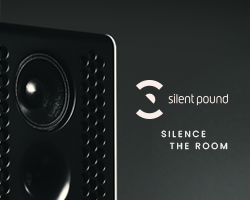


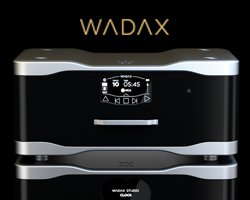
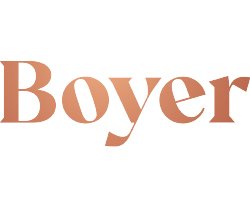
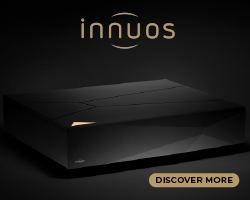
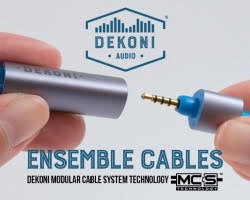



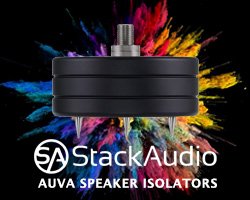
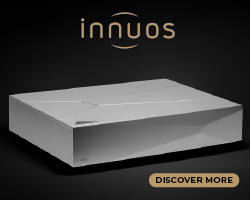
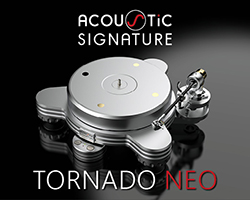


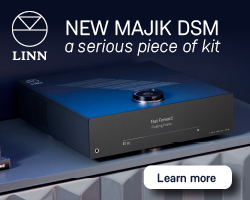

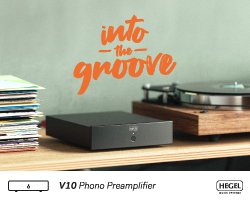

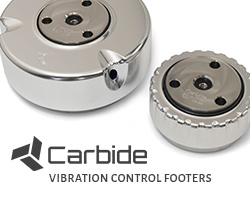

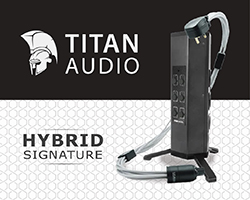
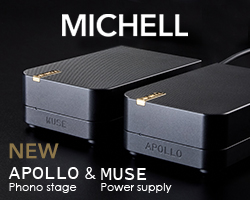


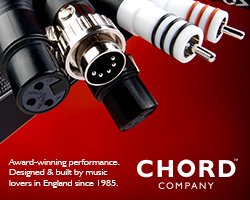
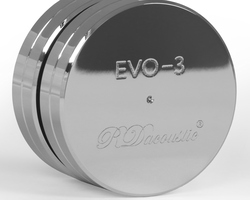
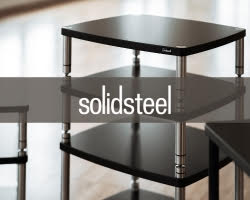
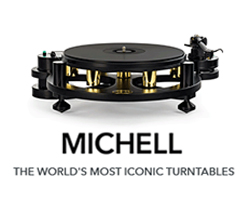



















































You must be logged in to leave a reply.